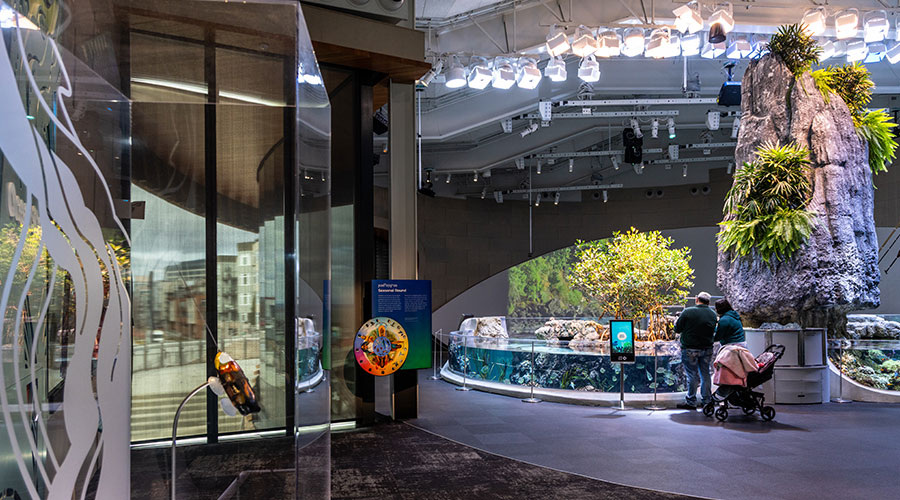Specifying LED Systems
With any LED system installation, the key for a facility manager is to do the requisite homework on lighting solutions.
"The great news," Israel says, referring to recent IES testing of LED lamps, "is there were more good ones than bad ones." That means facility managers can now have more confidence in LEDs.
But careful selection remains important. "We must specify LED systems, not a kit of parts," Israel says.
Audin explains why: "When you get a good LED but a bad fixture, it'll die," he says. "When fixtures are overamped or designed poorly, it significantly shortens lamp life."
Once the lamps are installed, Israel suggests that facility managers should note the quality of the light immediately.
"Document the color and quality of light," he says. "That way, if you get color shifts after 3,000 hours of life, you have something to back up a claim."
The lamps are the component that's been touted as hyper-efficient, say Audin and Israel, but the drivers have a tremendous capacity to affect lamp life. With bad drivers or too much temperature fluctuation, and LEDs can exhibit short life, unintended color shifts, and poor performance. But get a good driver and heat sink, and LEDs have the potential to be fantastic lighting solutions.
Loren Snyder, a contributing editor for Building Operating Management, is a writer who specializes in facility issues. He was formerly managing editor of Building Operating Management.
Potential Energy Savings and ROI
This is the holy grail — the number that everyone wants to know. Although manufacturers supply ROI calculators, experts say it's best to assess efficiency on a situation-by-situation basis.
When trying to compute how an LED fixture would stack up against a more traditional light source, such as fluorescents, facility managers should compare lamp-ballast efficacy to LED+driver efficacy in lumens per watt.
To calculate lm/W, divide lumens by current and then multiply by the voltage. As an example, assume a device with typical flux of 45 lumens, operated at 350 mA and voltage of 3.42 V. The luminous efficacy of the LED source would be:
45 lumens/(.35 amps x 3.42 volts) = 38 lm/W
To include typical driver losses, multiply this figure by 85 percent, resulting in 32 lm/W. Because LED light output is sensitive to temperature, some manufacturers recommend de-rating luminous flux by 10 percent to account for thermal effects. In this example, accounting for this thermal factor would result in a system efficacy of approximately 29 lm/W. However, actual thermal performance depends on heat sink and fixture design, so this is only a very rough approximation. Accurate measurement can only be accomplished at the luminaire level.
— Loren Snyder |
Related Topics:














